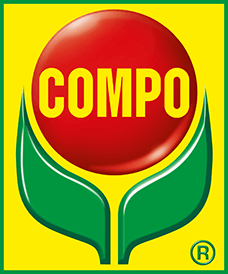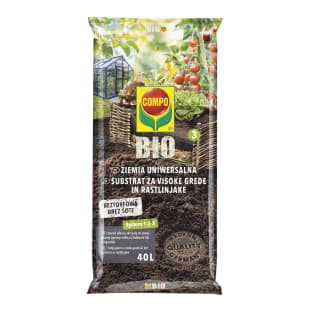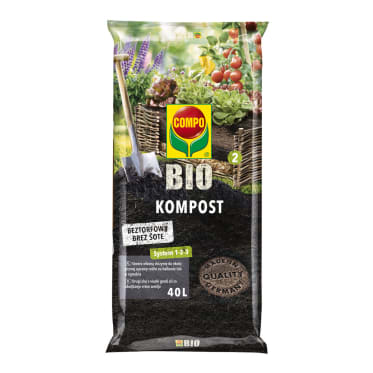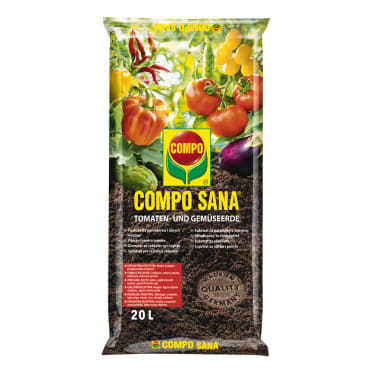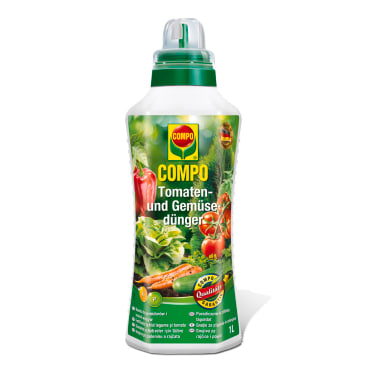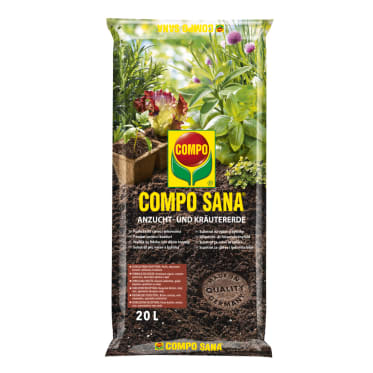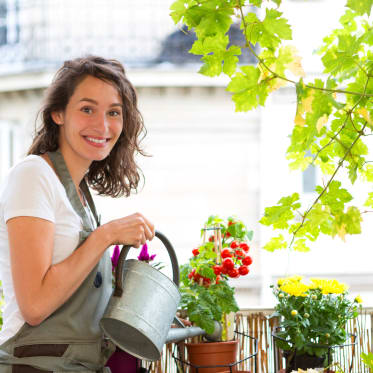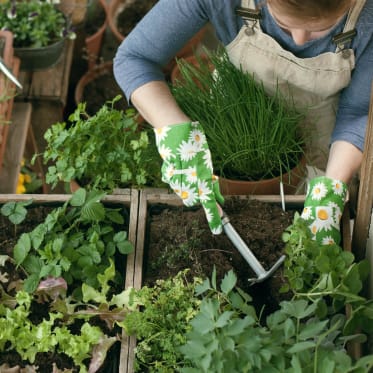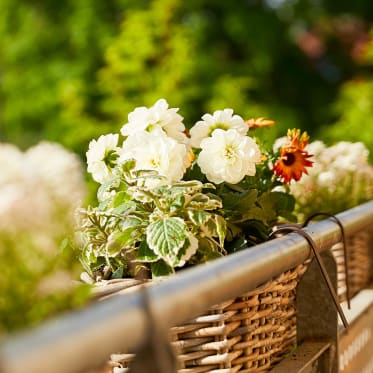Frequent search terms
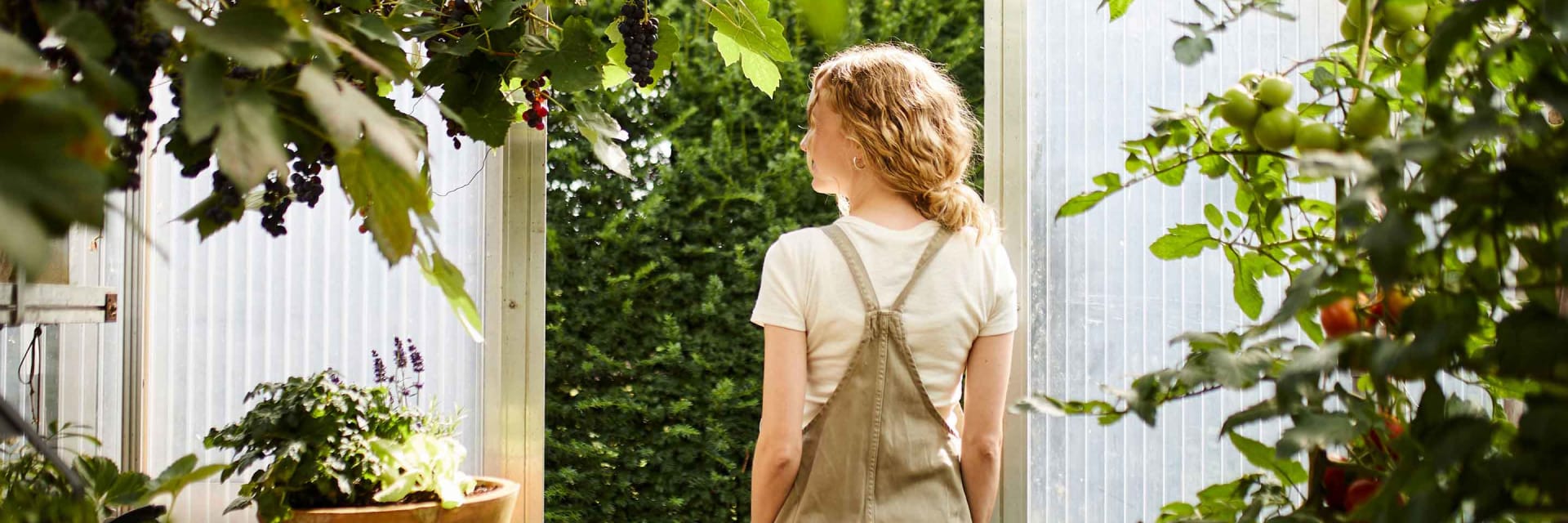
- COMPO
- Guide
- Plant Care
- Garden
- Greenhouse
- Gardening in a greenhouse
Things you need to know about planting, watering and ventilating under glass
Gardening in a greenhouse
Have you recently become the proud owner of a greenhouse? Great! We can’t wait to accompany you on your very own year-round gardening journey. You will discover which plants thrive perfectly in a greenhouse, when you can start sowing and what else you need to consider when gardening under glass.
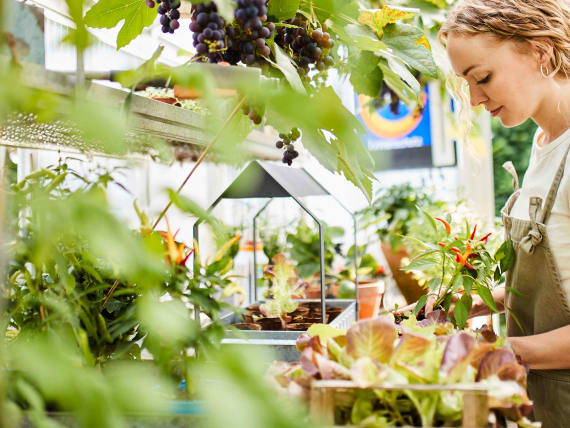
Growing in February or March?
When to move the various plants into the greenhouse
Being self-sufficient, you probably want to start growing plants as early as possible. The greenhouse is ideal for this. In a protected environment your crops will grow much faster and have far bigger yields than when grown outdoors. Having said that, a lot of light is essential if you want your green gems to develop their full aroma.
That’s why you shouldn’t start sowing early lettuce and vegetables before the middle of February. Examples here are lamb's lettuce, curled lettuce, leaf lettuce, rocket, radishes, kohlrabi and turnip tops. At the same time, it’s important to pay close attention to the outside temperatures. If your greenhouse is unheated, be sure to cover the small plants with a non-woven mat if there’s a risk of frost, for example.
We recommend that you sow other varieties, such as broccoli, cauliflower, peppers, aubergine and tomatoes from March onwards. Depending on what your heart desires, you can add Mediterranean herbs, cucumber, runner beans or melon in April and May.
After the Ice Saints period, most plants look forward to getting a breath of fresh air and being put outdoors. You can then plant fast-growing lettuces or herbs to fill any space gained. From August onwards it’s time to prepare the typical autumn crops, such as beetroot, fennel or certain types of lettuce and cabbage. Take a look at our sowing calendar, where we’ve compiled everything you need to know about sowing and harvesting vegetables in a clearly laid out format – you can download it below.
Sowing Calendar

Give your plants enough space
Some of the rules you already know from growing plants outside are equally applicable in a greenhouse. One of the most important points is to give your plants enough space to grow in. And to consider the relevant nutrient requirements. Experience shows that greenhouse gardeners quickly acquire a taste for it and often display a little too much zeal when planting, which can quickly have a detrimental effect on the yield and health of the plants. Too much competition, fungi, diseases and pests quickly put a spanner in the works. Spider mites and whiteflies in particular feel right at home in a mild and windless climate in the greenhouse and spread like wildfire if the plants are placed very close together. An organic remedy with plant-based ingredients enables you to eliminate uninvited guests effectively, quickly and easily.
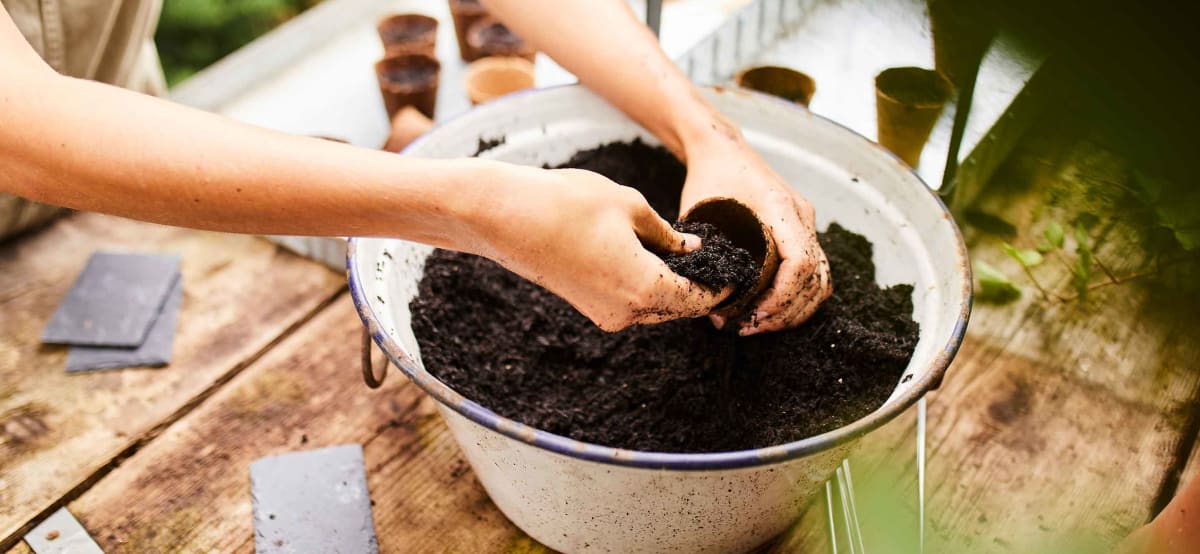
The right soil for your greenhouse
The type of soil you use for the greenhouse depends entirely on whether you grow plants in the soil directly or use pots and tubs, etc. Since the soil is exposed to far more stress, you should work a soil activator or organic fertiliser into the ground before each planting period. Alternatively, our ‘BIO Potting Soil for Greenhouses and Raised Beds’ organic raised bed and greenhouse soil is a good choice. Simply spread a 2.5 cm to 5 cm layer, working it flat into the soil with a digging fork. This loosens the soil, enriches it with nutrients and improves water and air circulation. Replacing the soil completely every three years can also be helpful.
If you garden on a few square metres in a small greenhouse, then you can use a premium quality cultivation and vegetable soil for growing vegetables in containers, preferably one that’s organic. ‘COMPO BIO Hochbeet- und Gewächshauserde' organic raised bed and greenhouse soil is also perfect for this, as it’s especially loosely packed and provides your plants with all the important nutrients for five months thanks to basic organic fertilisation.

Watering plants in a greenhouse
One problem when gardening in a greenhouse is that you can never rely on nature. While your fruit and vegetables in the open are constantly supplied with water from above, your protégés under glass are completely reliant upon your watering routine. This means that you may need to rush to the greenhouse to water your plants when it’s pouring with rain.
Watering in a greenhouse is another story and much harder to plan for than outdoors. Basically, much more water is needed because the temperature in a greenhouse is higher (ideally between 22 and 24 °C). At the same time, the water requirement depends on the plant’s growing season and the weather. We recommend that you monitor your plants carefully and water them early in the morning so that the water can be well absorbed by the soil. Alternatively, you can install an automatic irrigation system if you want to cut down on the work involved in watering.

Don't forget to ventilate
In contrast to growing outdoors, it’s much harder for insects to pollinate your plants in a greenhouse. With that in mind, warmly invite the animals into your little plant kingdom by providing sufficient ventilation. Good ventilation is also extremely important for other reasons, too. Stuffy or excessively humid air is a veritable paradise for fungi and pests.
In addition, too much heat can damage sensitive seedlings. You should ventilate extensively at least once a day during the season. And you can leave the greenhouse door open all night in the summer if the temperatures don’t drop below 15 °C. During the winter, it’s enough to let air into the greenhouse two or three times a week.
Products for greenhouse gardening
This might also interest you
